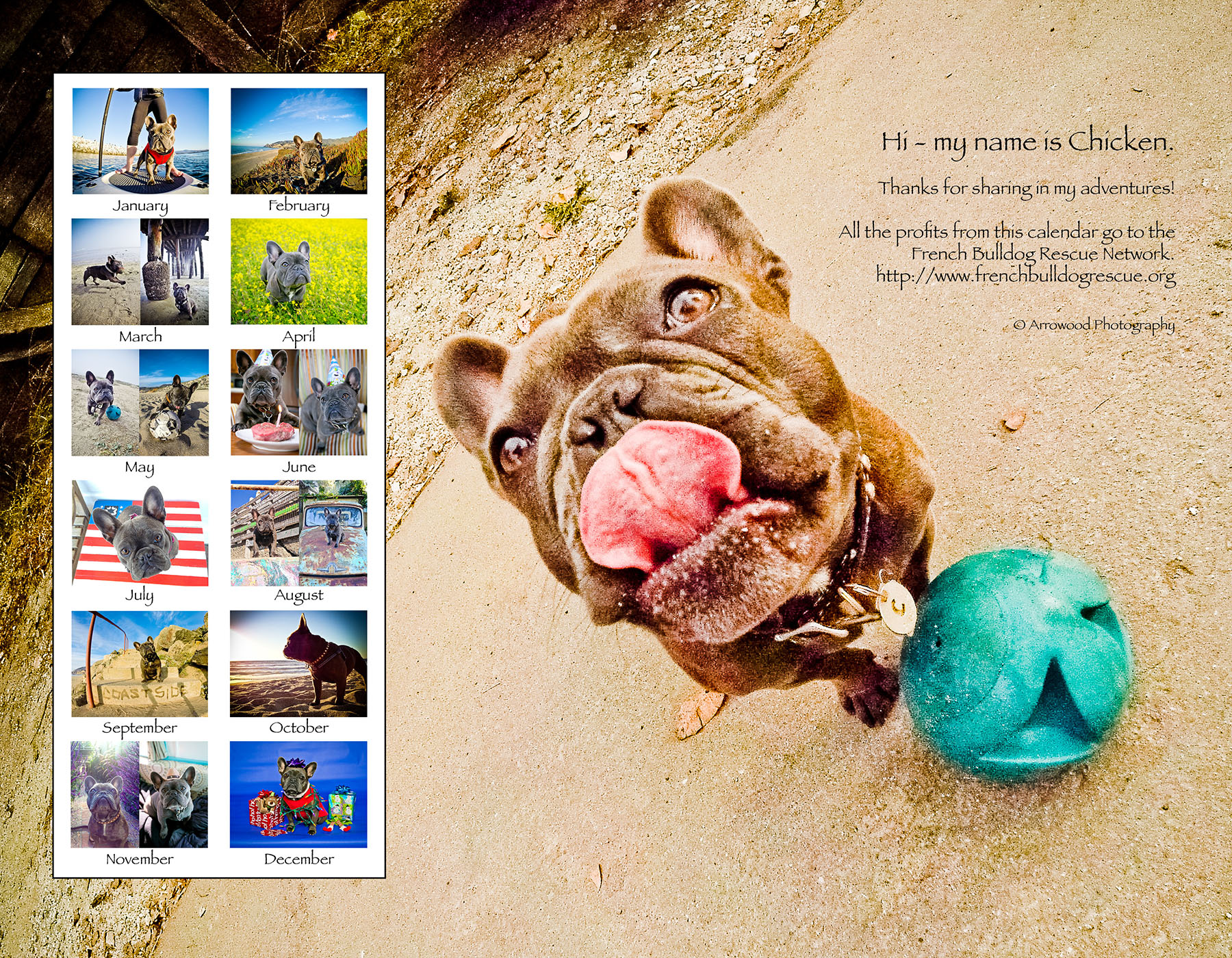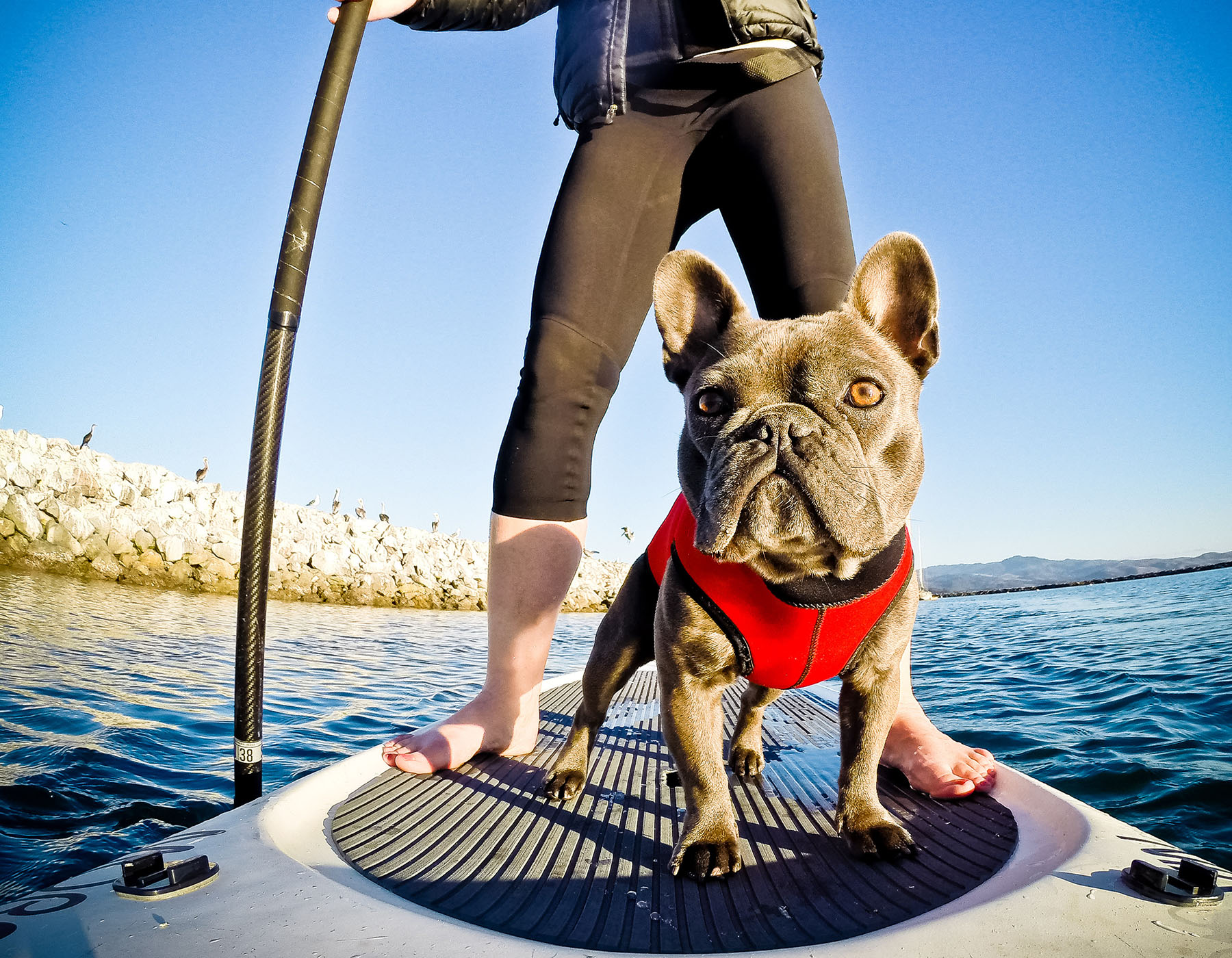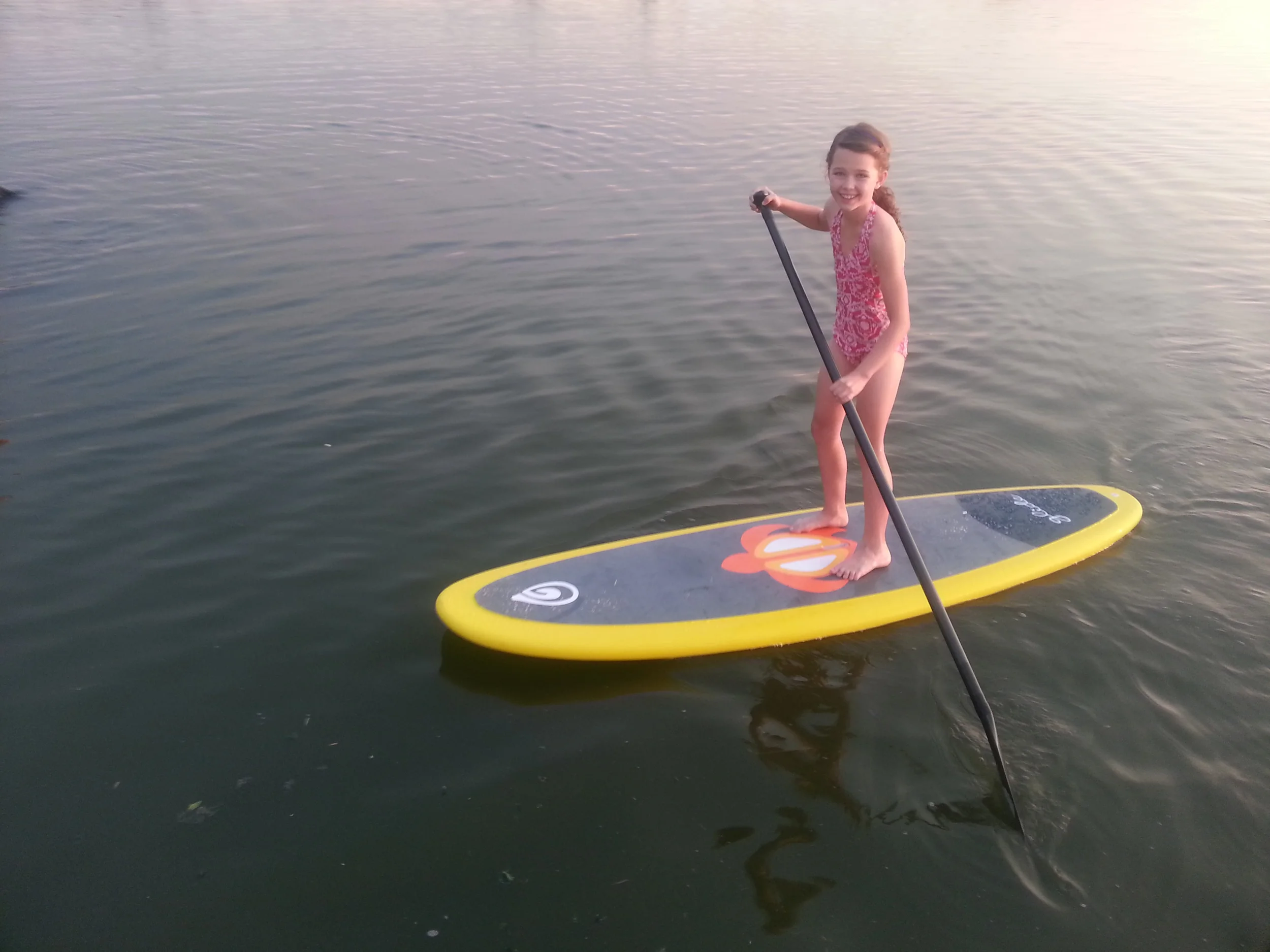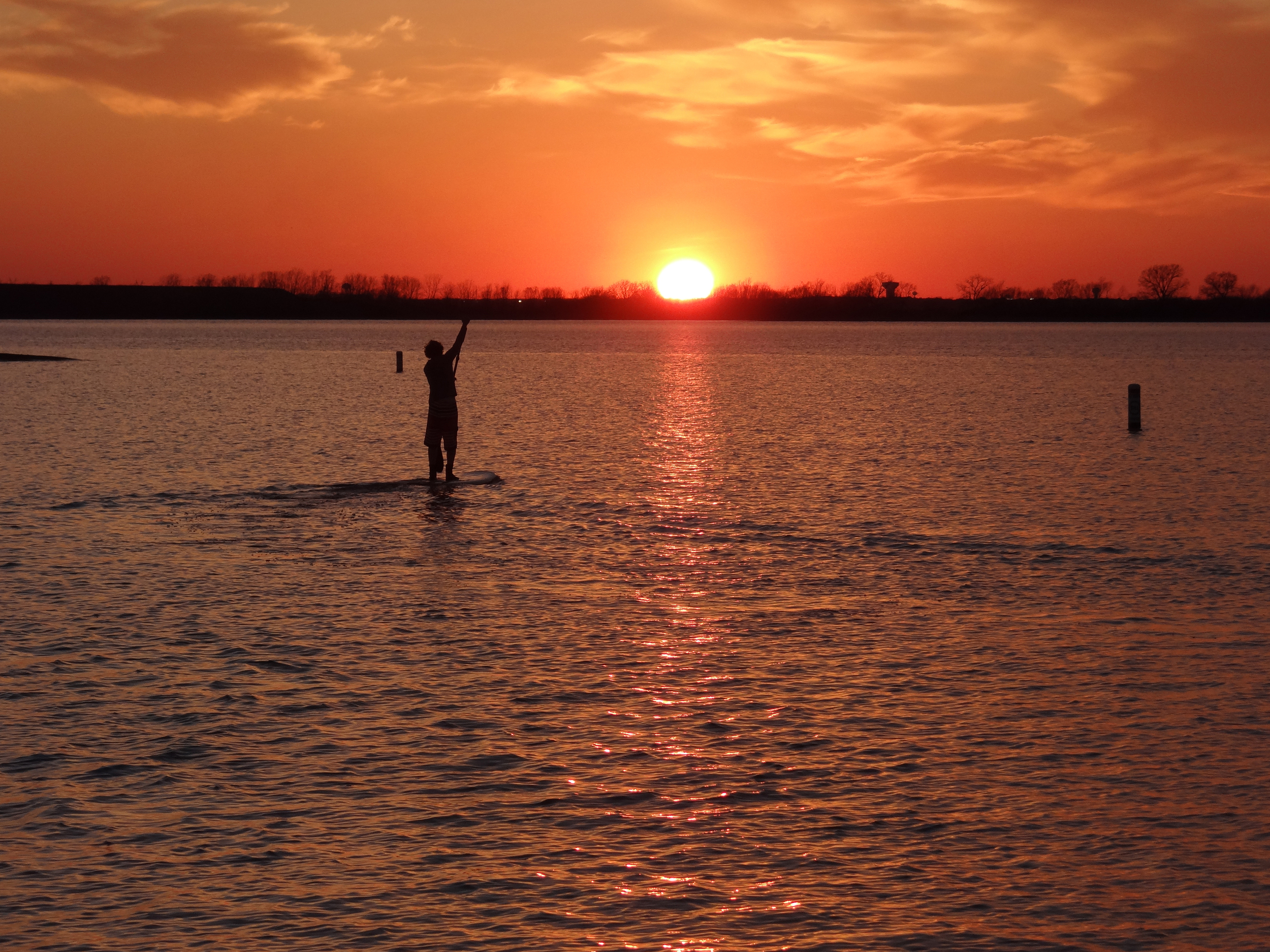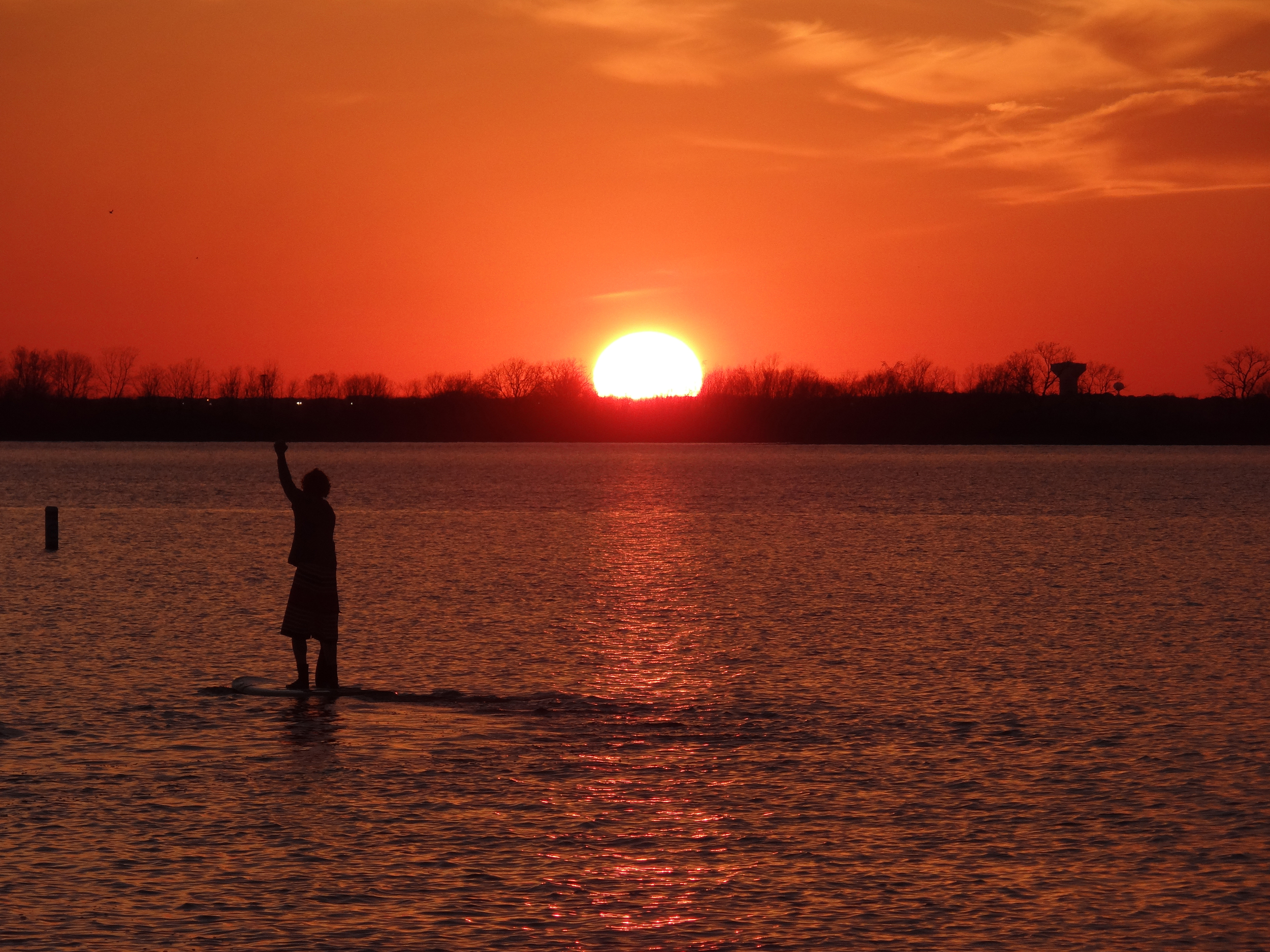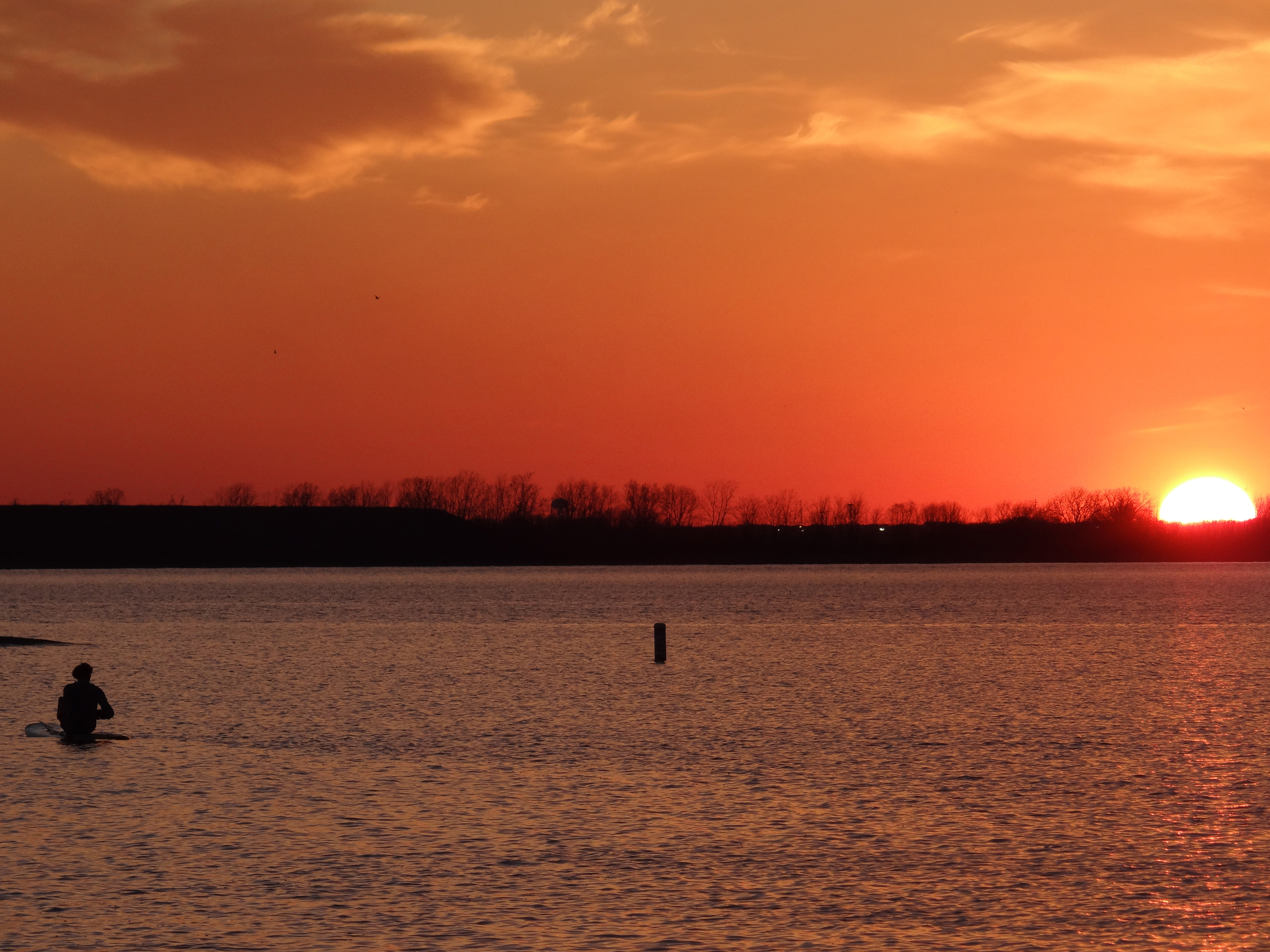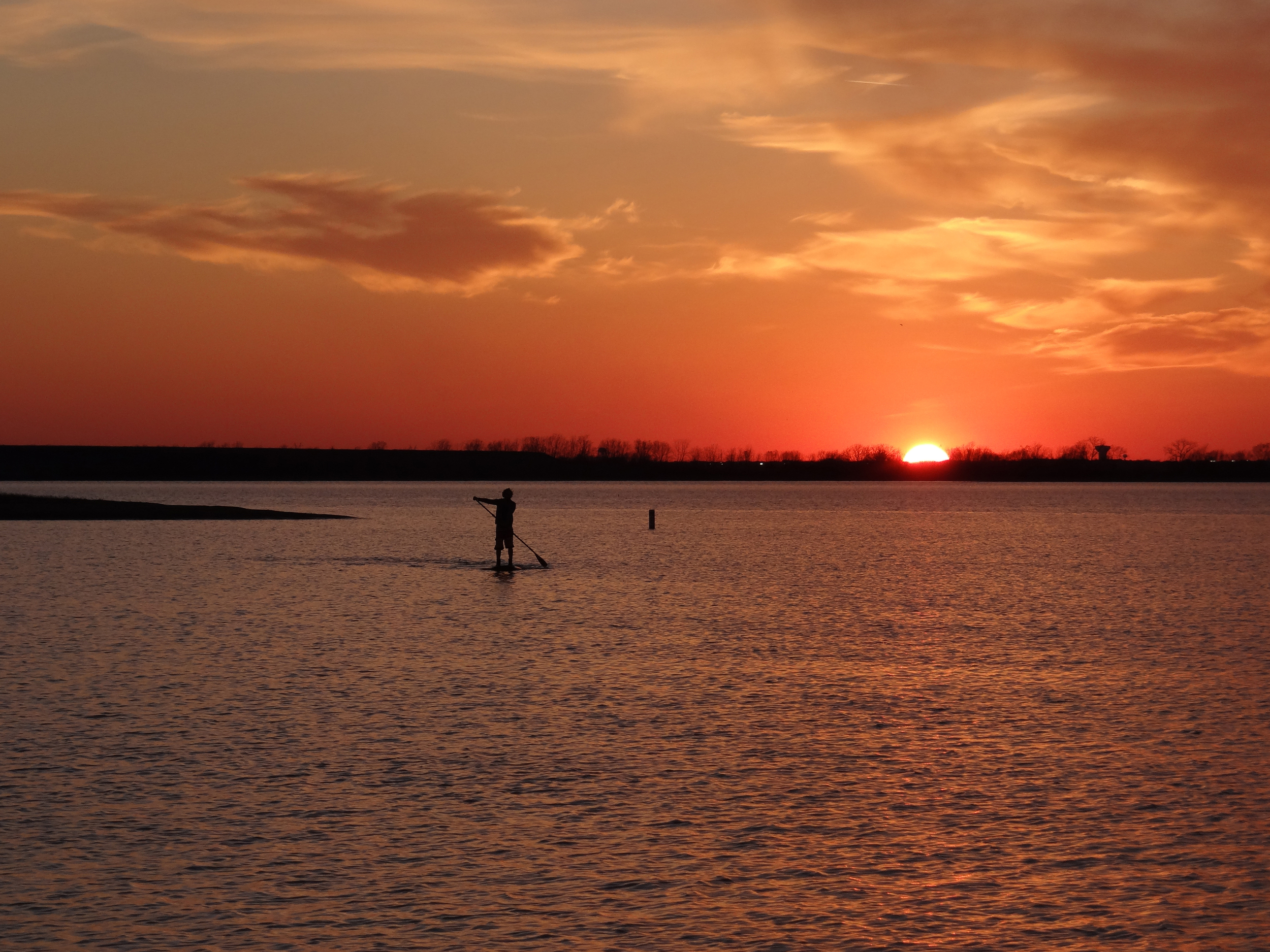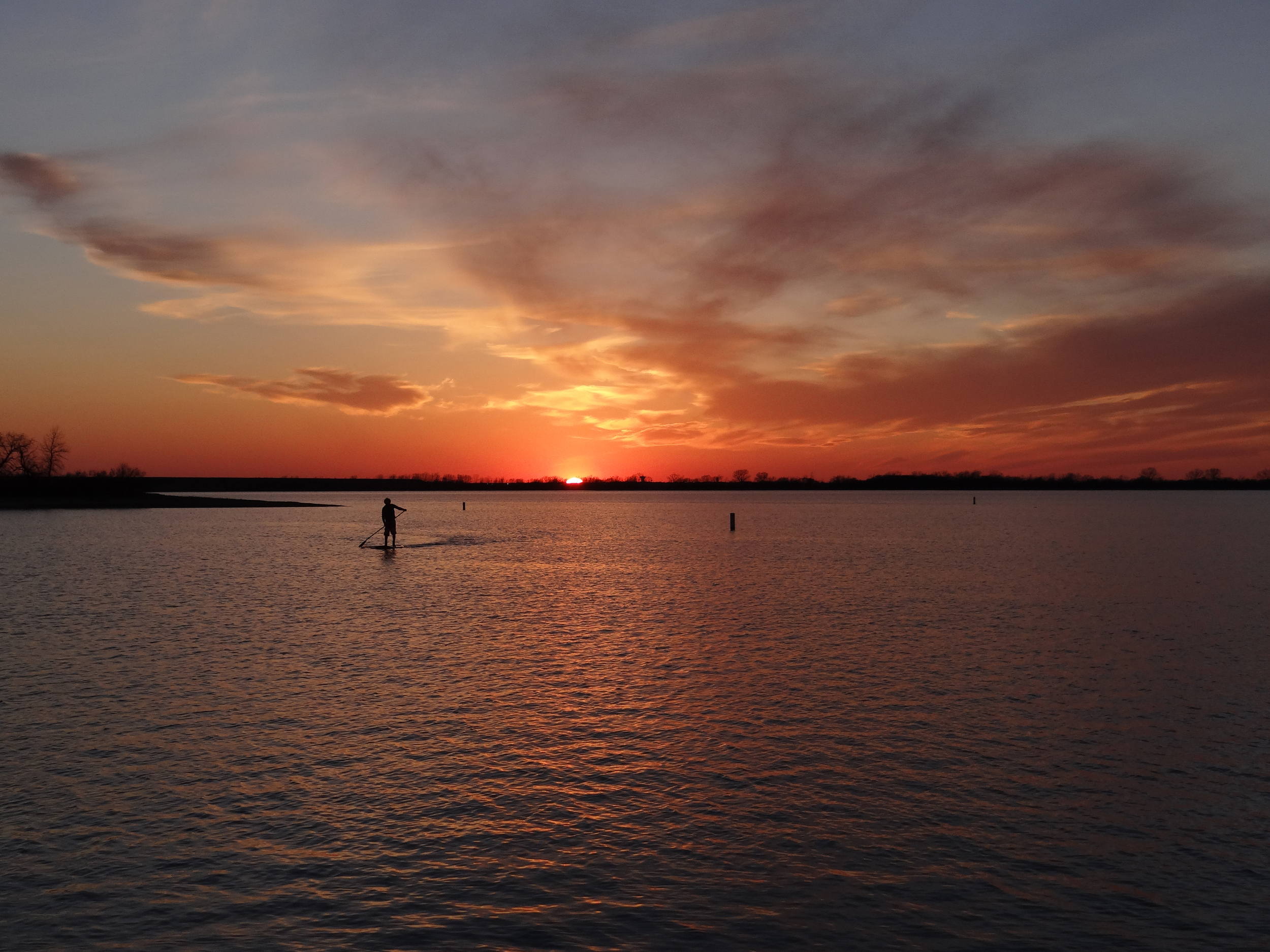We caught up with professional paddler Karen Wrenn from Portland, OR the current champions of the 100-mile paddle NYC. We wanted to learn a little about how she trains for races.
Photo: John Wrenn
How many weeks before a race do you start your training focus?
I like to go into race season with a solid mileage base. So, when it comes to training for an upcoming race I'm not worried about the miIeage and can focus on the next race's specifics. About four weeks leading up to a race is when I focus in on that race. The week before the race I should be tapering, so the three weeks before that is the real hard core part of the training. Because I already have my mileage base dialed in I can focus on race techniques like buoy turns, interval training, sprints and race starts.
Where do you train? Who do you train with?
I train on the Willamette River, about ten minutes from my house. The river is pretty mellow most of the time and is great for flat water training. I always train by myself. I like the time to myself so I have to use my training watch as my training partner, so I can judge my speed and to push myself.
Photo: John Wrenn
Tell us about your training: daily, weekly, cardio? Food?
I love to train, so that helps a lot in the overall training program. I try to be on the water three to four days a week. I'm a big runner and use running as my main cardio base and run about three to four days a week. I work out with a trainer in a gym two days a week where we focus on circuits. We will do something to elevate my heart rate and then add in weights and balance and a lot of body resistance work. So, as you can see, I am usually doing some sort of daily doubles. Then, the dreaded rest day, It's hard to take a day off, but it's so important. Food plays a huge role in the training. I have to make sure I am getting enough of the right protein and carbs to keep my body fueled and ready to rebuild and recover for the next days training. Also, I am all about hydration. I believe hydration is the key to being recovered properly.
I do a lot of distance and ultra-distance races. The training for my ultra-distance races, like the 100 mile paddle NYC I did last summer, is a whole 'nother animal. Just my training paddle sessions can be up to eight hours straight on the water. It's a big time commitment. Hydration and nutrition become a key component of the training and racing. I have to train with my nutrition and hydration to figure out how much I need and how my body will react while I'm under that much stress. It's been a lot of trial and error during training sessions, but a key part, so that I don't bonk, cramp or get dehydrated.
Race week I begin my tapering. I usually do some sprintis and race starts on Monday of that week. I will go for a run or mellow workout with my trainer on Tuesday. Wednesday, I will go out for a mellow distance paddle and that's it for training that week. Thursday, is usually the traveling day to the event. Friday, checking out the race course and getting on the water for a mellow paddle to get a feel for the water there. I try to eat really clean race week and stay really hydrated. The morning of the race I will generally eat oatmeal with chia seeds, bananas and honey. About an hour before the race I will take few bites of a NOW energy bar? During the race, I always wear a CamelBak with water and electrolytes.
Check out training tips and awesome photos of Karen Wrenn in the new issue of Boarders Magazine available now!
Photo: John Wrenn















